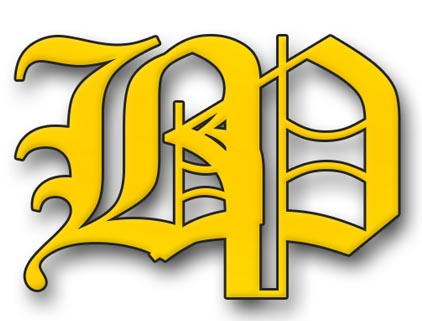BCMCL’s new technology for coal extraction

State-owned Barapakuria Coal Mining Company Limited (BCMCL) is going to introduce a new technology for coal extraction in “Dighipara Coal Field” in Dinajpur, which may open new opportunity to overcome the country’s energy crises, officials hope.
To this end, BCMCL has carried out a survey titled 'Feasibility study for Development of Dighipara Coal Field at Dighipara, Dinajpur, Bangladesh" and submitted a draft report to State Minister for Power, Energy and Mineral resources in Petrobangla on Thursday. State Minister for Power, Energy and Mineral Resources Nasrul Hamid has said that the government will lift the coal only if it is profitable and safe for environment and not minimizing the use of agricultural land.
“There is shortage of arable land in the country. When coal is extracted, large areas can no longer be used for agriculture. For this reason, Prime Minister Sheikh Hasina has directed to conserve agricultural land first and then lift coal. The government is not extracting coal in North Bengal, considering the loss of agricultural land,” he added.
Project Director Khan Md Zafor Sadiq told Bangladesh Post, “We have completed a survey and already it has been submitted. Hope the final report will be submitted end of this month.”
“It is not possible to lift coal from the field due to the high amount of water on its upper layer. However, we are going to apply a new method called ‘multi-slice long wall top coal caving with cut off wall technique’ there. If we succeed then it will open a new window in energy sector of Bangladesh. We may apply the technique in other coal fields,” he said.
‘Actually the technology is new for Bangladesh. But Germany is lifting coal using the technology since 1970. Already, we have visited Germany to see the technique. In this technique, we will build a wall using ‘Bentonite’ chemical and other materials in underground, which will protect from outside water. However, it will also save the agricultural land.”
He further said, “The field is extensive in 12.8 square kilometers and the amount of probable reserve is 706 million metric tonnes. Our expectation is to extract around 90 million metric tonnes of coal from the field within 30 years. However, coal production may increase further by applying new technology.”
Zafor Sadiq, in reply to a question said that ‘the new technique is economically viable. The total project cost will be around $ 3 billion. Of these only $ 100 million will be spent for the technique. However, we may earn $ 7-9 billion from the coal reserve.”
The project officials said that after approval of the feasibility study report, the energy division will take further initiative to extract coal from the field.
BCMCL signed a deal on May 30, 2017 with a consortium MIBRAG Consulting international GmbH, FUGRO Consult GmbH (Present FUGRO Germany Land GmbH) of Germany and Runge Pincock Minarco Limited, Australia for conducting a feasibility study for the development of Dighipara coal field at Dinajpur.
According to the deal, the consortium carried out topographic surveys on 24 square kilometers and 3-D seismic survey covering the basin area 6.00 sq.km in the central part of the basin. Besides, 67 Nos bore holes, 4 production well, 10 piezo metric borehole, 20 observatory borehole drilling was completed. On the other hand, 12 nos packer test, EIA, EMP and RAP study were also done. Bureau of Mineral Development officials said, there are five coal mines with a total reserve of 2665 metric tonnes in Bangladesh.
The government has a plan to set up series of coal-fired power projects to generate 20,000MW of electricity by 2030. But no arrangement has so far been made to import coal for the projected goal. All the planned coal-based power plants still remain on paper for coal sourcing crisis. Thus to meet the demand the government is going to develop the local coal mines.
According to ScienceDirect, Longwall Top Coal Caving was initially developed in the former Soviet Union and France in the 1950s and 1960s. It was then applied in the former Yugoslavia, Hungary, Romania, the former Czechoslovakia and Turkey.
After the mid-1980s, LTCC was abandoned in Europe. The major reason was that the levels of productivity from LTCC faces were less than that from conventional longwalls during that time. Since the late 1980s, LTCC has been introduced, developed and improved in China. The method is widely applied to extract thick seams in China with a significant innovation on equipment.
Mine Name And Location
Founder and Year of Finding
Depth (meter)
Stock (M.ton)
Barapukuria, Dinajpur
GSB, 1985
117-506
389
Dighipara, Dinajpur
GSB, 1995
328-455
150
Khalaspir, Rangpur
GSB, 1989
297-482
685
Phulbari, Dinajpur
B.H.P Minerals, 1997
150-240
387
Jamalganj, Joypurhat
GSB, 1959
640-1158
1054



